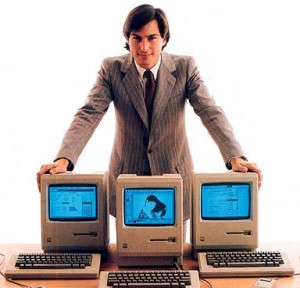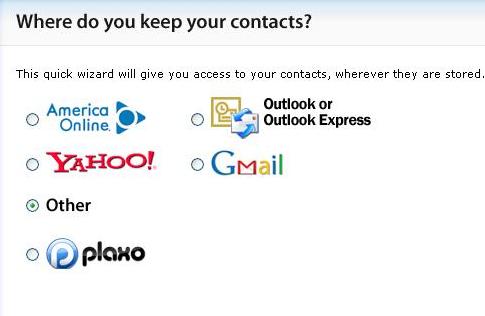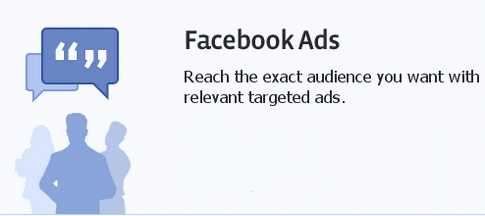(You’ve honed in on your target audience and you’ve got an idea that is so unique and well positioned that it stretches the boundaries of your genre or invents a completely new genre. The next step is to write a book that justifies all of the effort and money that you are going to invest in its marketing. )
Last Friday night was a bad night for me. I was too wired to sleep and yet my body was tired. I looked around for something to read and found a really old, beat-up copy of The Stranger in the Mirror by Sydney Sheldon. The pages were frayed and yellow and the front and back covers for the book were missing. Nevertheless, since I had no other alternative, I started on the book. I raced through the book within a few hours. However, as I came to the last page of what I held in my hand, I discovered that the book was missing at least the next 30 or 40 pages. I sighed. Then resolved to find the full book from the library and finish it.
But here’s one key point. At the time I picked up the Sydney Sheldon book to read, I had at least 3 or 4 review copies of self-published books given to me by authors. Most of these I will never finish. This is partly because I’m not the target reader. But it’s mostly because the quality of the writing and the content is not strong enough to hold my attention.
As Suw Charman-Anderson argues in this article, in the era when traditional publishing ruled the scene, it was hard to publish a bad book. The gatekeepers would keep you out. Today, with the rise of self-publishing it’s just too easy to slap a cover on half-baked rubbish and list it for sale. But there is a price to pay – in the form of your long term reputation, lost sales and poor reviews. As author Angela White says in this interview with BookBuzzr, “I made the mistake of putting unedited books online and am still paying the price for it, in reviews and lost readers.”
But how do you know that your book is ready for prime time? Some of the finest books of our time are not necessarily the most well written book. But they have something in them that makes them stand out for the target reader. One way to find out is by reader testing the first 10% of your book.
Think Like Steve Jobs
Most people know about Steve Jobs’ obsession with designing beautiful products. This little  anecdote taken from an interview with Steve’s biographer Walter Isaacson shows another side to Steve’s perfectionism which all authors will do well to emulate:
anecdote taken from an interview with Steve’s biographer Walter Isaacson shows another side to Steve’s perfectionism which all authors will do well to emulate:
“Yeah, well, it wasn’t like he (Steve Jobs) was returning my calls. It’s like he was mad about something… And Simon & Schuster had put a cover sort of in the catalogue they were putting out two years ago. It had Steve in a red apple, “iSteve,” and some day as to when it would be published. He said, “That is the ugliest thing–this has such poor taste,” and it was actually words of one syllable that were stronger than that. “You shouldn’t even come to the product launch, I never want to deal with you again. You have no taste,” and whatever. Finally, he says, “I’m only going to keep dealing with you if you let me have some input into the cover.” “Because,” he said, “nobody is going to read your book, I’m not going to read your book. But I’ll look at the cover–and I don’t want it to be ugly.” Now, it takes me about one and a half seconds to say, “Sure!” I mean, here’s a guy with the greatest design eye of our time. That is basically Steve Jobs saying, “That’s what the cover should look like.” With a font that comes from the original Mac, the sans serif font, and the Albert Watson picture, and it’s in color. And I said, “Shouldn’t we do it in color?” He says, “No, I’m a black and white sort of guy: Things are either black, or they’re white. It’s a black and white cover.””
A good book will find a reader. Marketing can only accelerate how quickly it finds a reader. The main reason why many authors give up on marketing their book is that they secretly realize that their book is not good enough to be marketed. Make sure that your book (including the title, the cover, the editing and everything else) is the best that you can ever make. This will give you the confidence and conviction to go out and market it with the evangelical zeal of a missionary.
Once you’re convinced that your book is ready for prime time, you should move on to the next article in this series. It talks about ensuring that you have sufficient resources for the marketing of your masterpiece.





